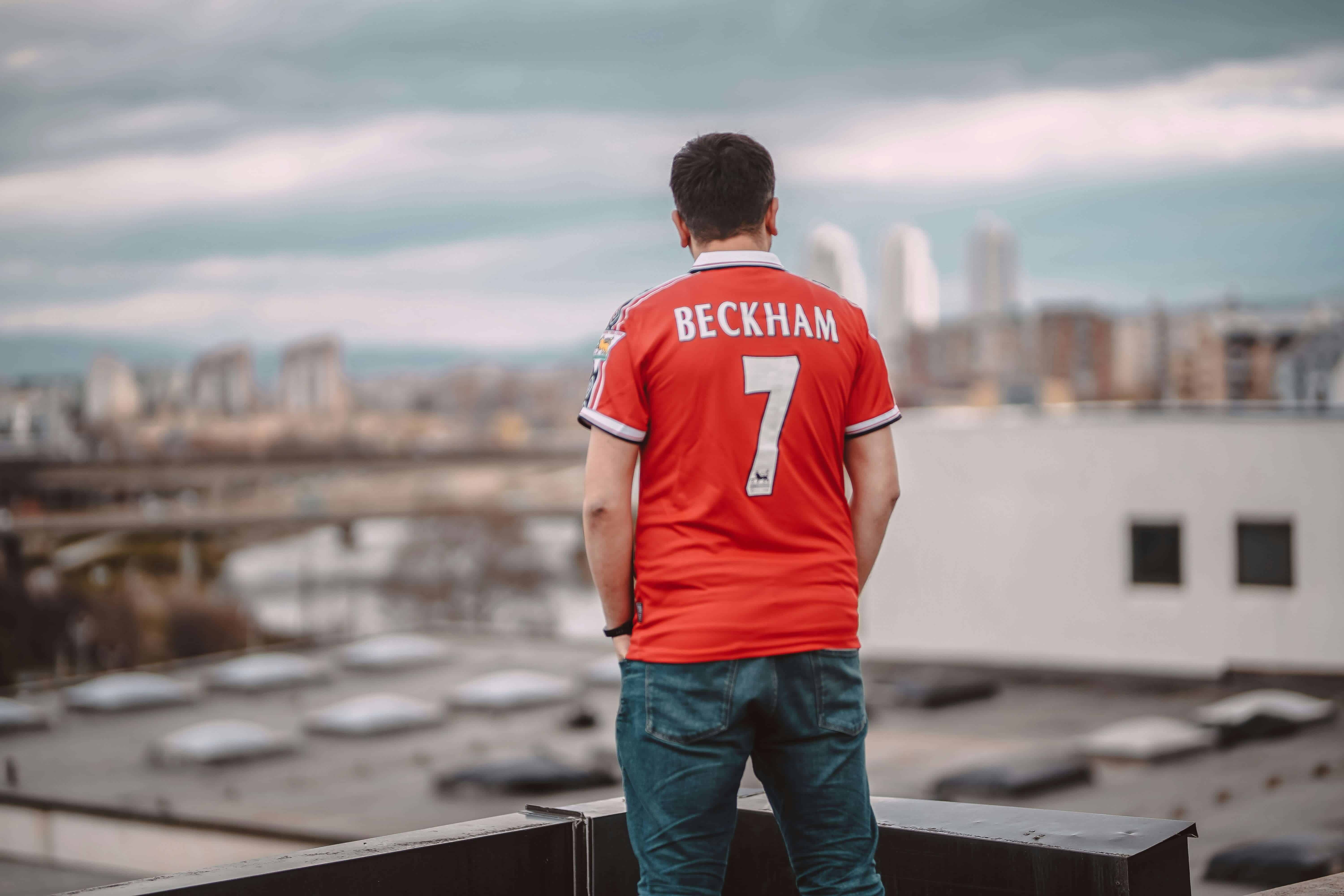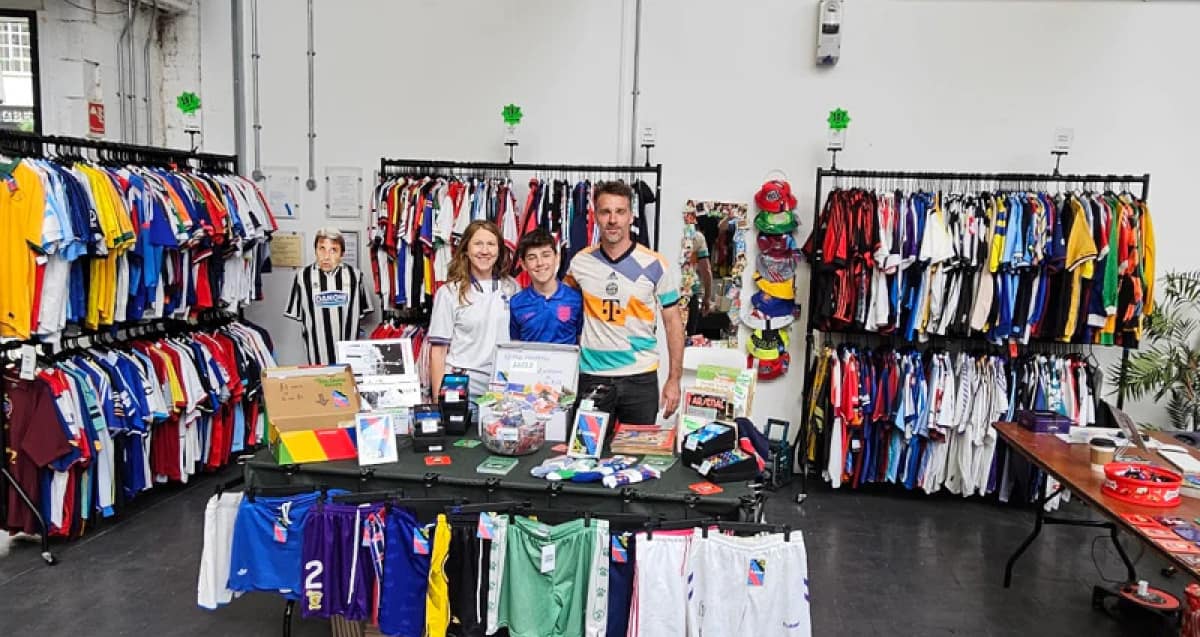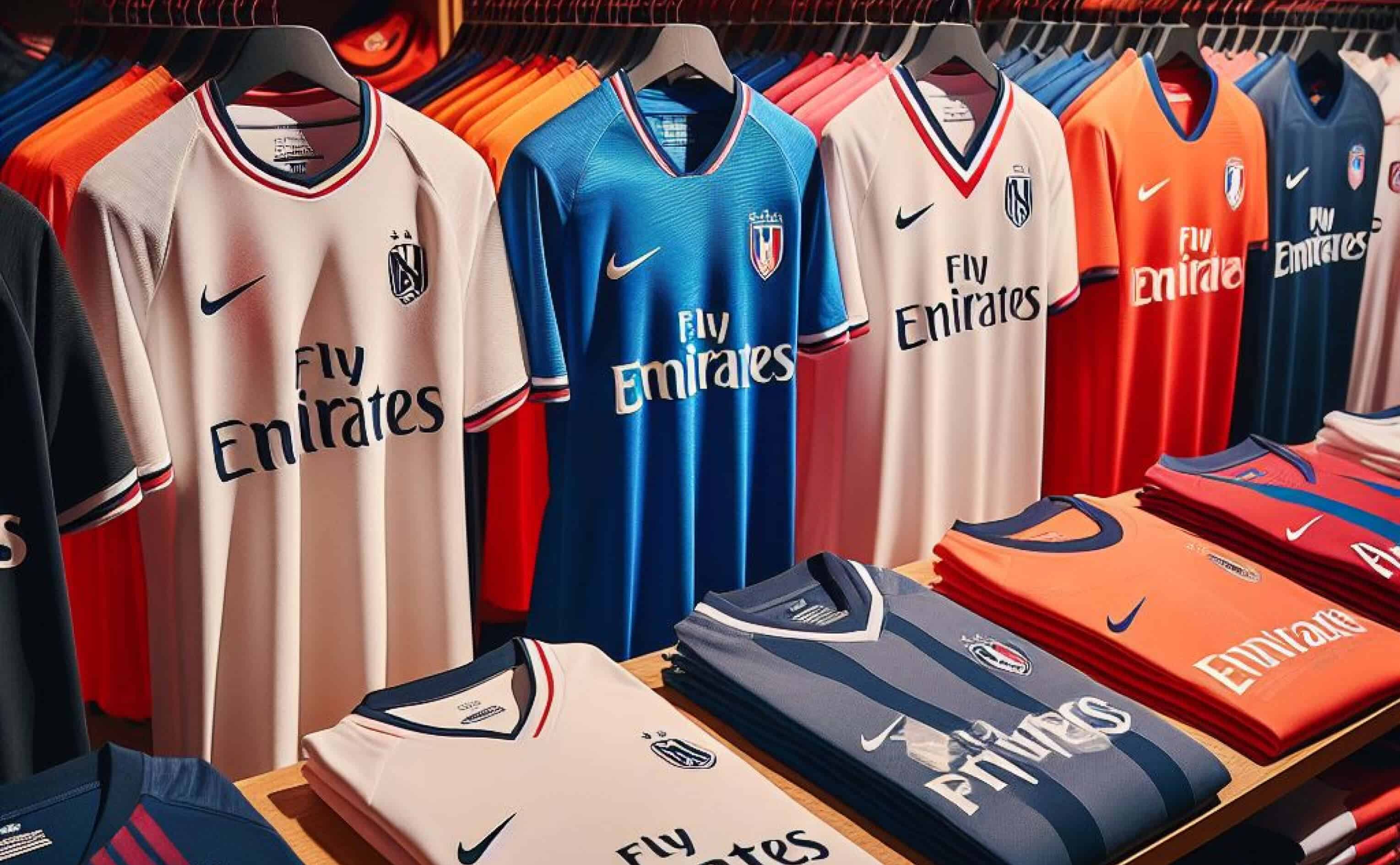As football enthusiasts, we all cherish the thrill of donning our favorite team’s jersey. But in a world where counterfeit merchandise runs rampant, how can you ensure that the shirt you proudly wear is the real deal? Fear not! We’ve got your back with this complete guide to spot fake football shirts.
1. Price: The Telltale Sign
Let’s start with the most obvious clue: the price. Authentic football shirts don’t come cheap. If you stumble upon a seemingly irresistible deal—like that £15 jersey on DHgate—pause and reconsider. Legitimate shirts from reputable brands typically fall within the £60 to £150 range. So, if it’s too good to be true, it probably is.
2. Official Tags and Product Codes
Manufacturers have stepped up their game by incorporating unique product codes into official releases. Remember, not all brands have these codes, but for those that do – here’s how to verify them:
- Nike: Look for the 6-digit style code on the internal tag (usually near the shirt’s hem). Google it, and if the images match, you’ve got the real deal.
- adidas: Find the International Article Number (IAN), a 6-digit combination of letters and numbers, on a small tag under the collar. Again, cross-check online.
- Puma: Puma’s style codes are stitched into the inner hem. They follow a similar 6-number format with a dash. You can even scan the QR code on the label.
- Umbro: For pre-2005 shirts, you won’t find a unique code. Post-2005, check the inner tags for product codes.
3. Stitching, Fabric, and Fit
Inspect the stitching quality inside the shirt, especially around the neckline and badge. Authentic shirts boast meticulous craftsmanship, while fakes often reveal shoddy workmanship. Additionally, pay attention to the fabric quality—genuine jerseys feel different from their counterfeit counterparts. Finally, consider the fit: poorly sized shirts may raise suspicions.
4. Brand Logos and Club Badges
The brand logo should be the right size and correctly positioned. Likewise, the club badge must match the trusted source in terms of size, color, and design. Any subtle differences could indicate a fake.
5. Trustworthy Sellers
Avoid the murky waters of online marketplaces where fake shirts lurk. Stick to trusted retailers and platforms that prioritize authenticity. eBay and Depop, unfortunately, harbor even the most obvious of counterfeit sellers. If in doubt, ask to see the style code labels and authenticity tags. If the seller is legit, they’ll have no problem sharing this information with you.
6. Use KitLegit
KitLegit is a powerful tool that can help you verify the authenticity of football shirts. This online tech uses AI and allows you to scan your shirts into the app, giving you a comprehensive result of the item in question. A check takes under 60 seconds, and works for any shirt manufactured between 2000-2024.
As we navigate the football shirt landscape, let’s stay vigilant. Armed with this guide, you’ll be better equipped to unmask the impostors and celebrate the beautiful game in genuine style.
Remember, a true fan wears the real colors. Say no to fakes! 🙌


